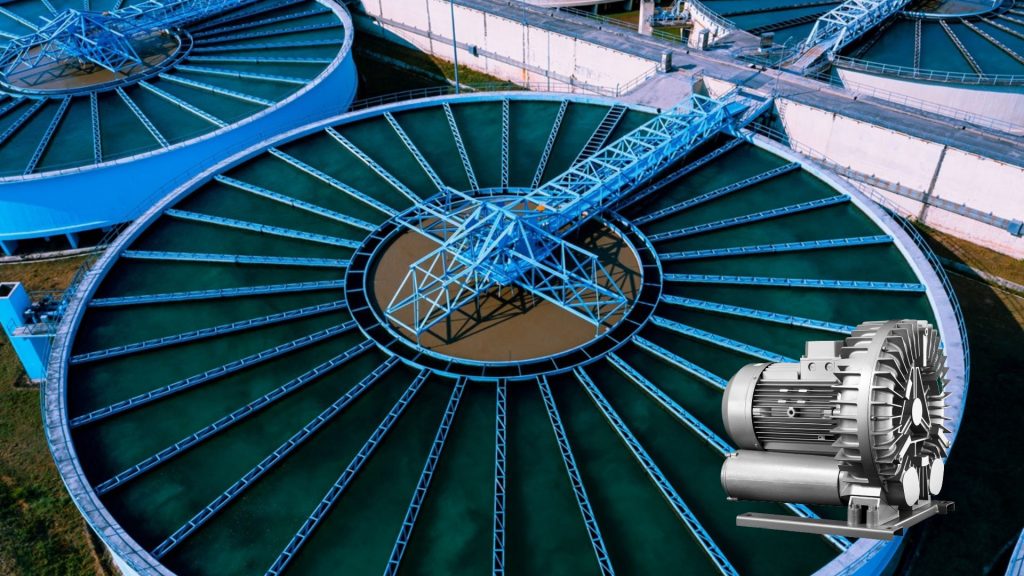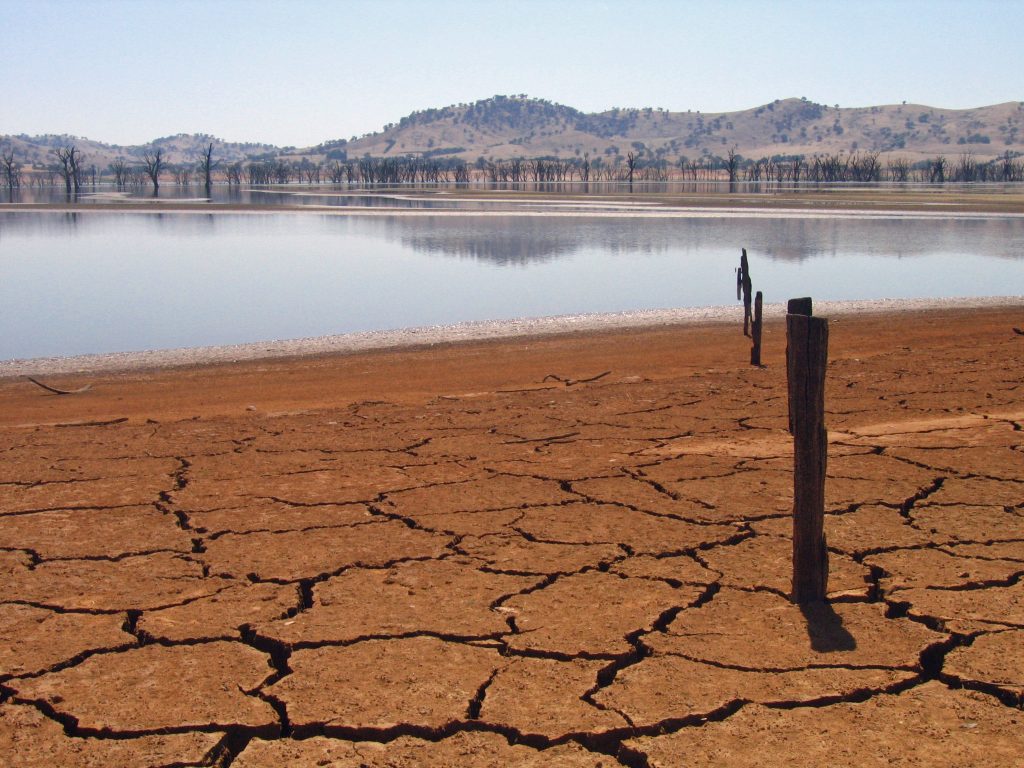Water Treatment Industry in Australia: A Key to Sustaining Resources

Water treatment is a critical component of Australia’s strategy to ensure long-term water security, underpinning the management of vital resources in one of the world’s driest continents. Both water purification and wastewater treatment are essential to managing and maximising the use of available water, minimising environmental harm, and ensuring public health and safety. The Millennium Drought, a severe drought that spanned from 1997 to 2010, continues to shape Australia’s water security policies, influencing government initiatives and private sector investments into innovative water treatment services.
As the country grapples with population growth and the increased strain on existing water resources, the role of water treatment services has never been more critical.
The Impact of the Millennium Drought on the Industry
The Millennium Drought had a profound impact on how water is managed in Australia. Lasting over a decade, it was one of the longest and most severe droughts in the country’s history. This event highlighted the fragile nature of Australia’s water security, causing a major shift in how water is sourced and treated.
One key outcome of the drought was increased investment in rainfall-independent water sources. Technologies like desalination emerged as crucial solutions to supplement the nation’s water supply. Desalination plants are now in place to convert saltwater into freshwater, helping to stabilise Australia’s water supply even in times of drought. As a result, the water treatment industry now manages a greater volume of water from diverse sources, including desalinated water, which adds complexity to water treatment processes.

A harsh reminder of Australia’s water challenges, prompting nationwide water management reforms. Image: suburbanbloke, via Wikimedia Commons.
Water Treatment and the Removal of Organics
As the water treatment industry evolves, one priority remains constant: the removal of organics from water supplies. Organic contaminants can affect the taste and odour of drinking water and form carcinogenic byproducts when they react with chlorine and other disinfection agents. With increased focus on public health and water quality, most modern water treatment systems in Australia incorporate advanced processes for removing these harmful substances.
Three commonly used processes for organics removal in Australia include:
- Ion Exchange: This method involves using resins that selectively remove ions from water, such as heavy metals and other toxic compounds. It is especially effective in softening water, demineralisation, and preparing ultra-pure water for reverse osmosis processes. Ion exchange is low in energy consumption and offers reliable performance in removing contaminants.
- Activated Carbon: Widely recognised for its cost-effectiveness, activated carbon is particularly adept at removing contaminants like disinfection byproducts, algal toxins, endocrine disruptors, and various organic materials. It functions by adsorbing contaminants, making it an essential tool in both drinking water and wastewater treatment.
- Advanced Oxidation Processes (AOP): This is a powerful method that breaks down organic pollutants through oxidation. AOPs offer a solution for addressing taste, odour, and potential carcinogens in water.
The Role of Aeration in Water Treatment
Aeration is a key process in water treatment that introduces air into water, helping to remove dissolved gases such as carbon dioxide and volatile organic compounds. It also encourages the biological oxidation of dissolved metals like iron and manganese, making it a crucial part of both drinking water and wastewater treatment systems. By increasing the oxygen content in the water, aeration promotes the growth of beneficial bacteria that break down organic matter, making the water cleaner and safer for use.
ESAM’s Support in Water Treatment
As water treatment becomes increasingly critical in Australia, ESAM plays a supportive role in ensuring the industry operates efficiently. Though primarily known for our air-moving technologies, we are aligned with the broader objectives of water security and sustainability in Australia.
At ESAM, our focus lies in providing high-quality equipment that supports various industrial applications, including water treatment. For instance, our customer Aquacell has used ESAM’s side channel blowers in the Blackwater recycling plant providing recycled water for the cooling towers in the new City of Parramatta Council Headquarters. In this instance, the bioreactor converts organic matter to biomass which is filtered out through the membrane. Air is supplied by bioreactor blowers and injected into the bioreactor through fine bubble diffusers to maintain the required dissolved oxygen concentration.
Our range of side channel blowers is an essential tool in the aeration processes crucial to water purification and treatment. These blowers are designed to enhance water treatment facilities by providing reliable, energy-efficient airflow, which is essential for maintaining high standards of water quality.

ESAM Side Channel Blowers: Designed for Excellence
ESAM’s side channel blowers are a cornerstone in the aeration processes of water treatment. Here’s why our blowers are trusted across industries:
- Made in Italy: Our blowers are designed and produced in Italy to ISO 9001 standards, ensuring the highest level of quality in every unit.
- Five-Year Warranty: Each blower comes with an industry-leading 5-year warranty, reflecting our confidence in the durability and reliability of our products.
- High-Quality Materials: ESAM blowers are built to the highest standards using robust and durable materials, ensuring long-term performance even in challenging environments.
- Low Maintenance: Reliability is key to our blowers’ design, with minimal maintenance required over their long operational life.
- Quality Assurance: Every ESAM blower is tested twice – once by the manufacturer in Italy and again in Australia – to ensure it performs optimally under extreme conditions. Each unit undergoes rigorous testing and quality assurance before it is dispatched from our Melbourne warehouse.
- Specialised Service and Support: ESAM is proud to offer specialised local in-house technical support, providing swift and knowledgeable assistance to our clients whenever needed.
Conclusion
As Australia continues to face water security challenges, water treatment services remain vital to ensuring a healthy, sustainable supply of drinking water and efficient wastewater management. The removal of organic contaminants, desalination, and the use of advanced technologies like ion exchange and activated carbon all play key roles in the industry.
At ESAM, we are committed to supporting the water treatment industry with our reliable and innovative solutions. Our side channel blowers are designed to enhance the efficiency of aeration processes, contributing to cleaner water and a more sustainable future. With our commitment to quality and customer support, we are proud to be part of Australia’s ongoing effort to secure its water resources for generations to come.
References:
- IBISWorld. (2024). Water Treatment Services in Australia Industry Analysis. Retrieved from https://www.ibisworld.com/au/industry/water-treatment-services/5422/
- U.S. Department of Commerce. (2024). Australia – Water and Wastewater Treatment. Country Commercial Guide. Retrieved from https://www.trade.gov/country-commercial-guides/australia-water-and-wastewater-treatment
- National Water Grid Authority. (Retrieved 2024). National Water Grid Fund Overview. Retrieved from https://www.nationalwatergrid.gov.au/
- Ion Exchange Australia. (Retrieved 2024). Ion Exchange in Water Treatment. Retrieved from https://www.ion-exchange.com.au/
- Carbon Activated Corporation. (Retrieved 2024). Activated Carbon for Water Treatment. Retrieved from https://carbonactivated.com.au/applications/water